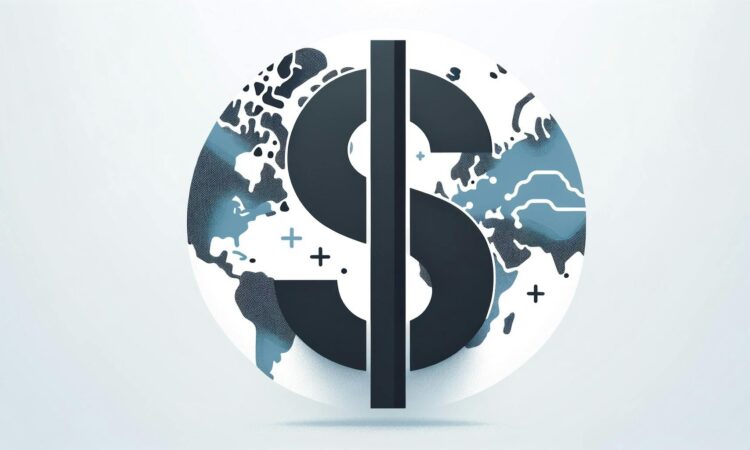
What’s going on here?
The US dollar is nearing an 11-week high, boosted by strong economic data shaking up global markets.
What does this mean?
Better-than-expected US retail sales, growing 0.4%, and lower jobless claims have strengthened the dollar against major currencies. This unexpected economic vigor allows the Federal Reserve more wiggle room on interest rates. According to the CME Group’s FedWatch Tool, the chances of a 50 basis point rate cut have dropped to 74% from 85.6%. Meanwhile, the European Central Bank’s recent rate cut hints at diverging monetary policies. Japan’s Nikkei surged with a weaker yen, while caution dampened Australia’s ASX 200 and South Korea’s KOSPI. Eyes are now on key Chinese data to assess its growth path.
Why should I care?
For markets: Dollar flexes its muscles.
The strong dollar is reshaping investment landscapes, affecting capital flows and currency strategies. The euro remains near its lows, and the dollar’s rise past a key point against the yen marks major currency shifts. Investors might need to adjust portfolios amid this volatility, noting impacts like Japan’s export surge and Australia’s slight market dip.
The bigger picture: Economic dances and political prances.
A political tightrope between Kamala Harris and Donald Trump introduces market uncertainties, reflected in slight gold price upticks driven by inflation concerns and geopolitical tension. As focus shifts to China’s economic goals following fresh data, the stakes for global trade and policies are high. Additionally, oil markets remain cautious, weighing inventory drops against persistent demand issues, highlighting the complex interplay of economic and political factors on global stability.
